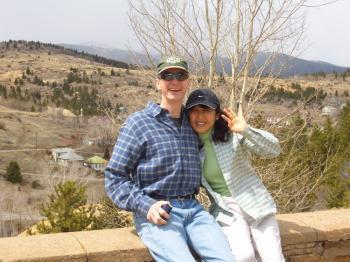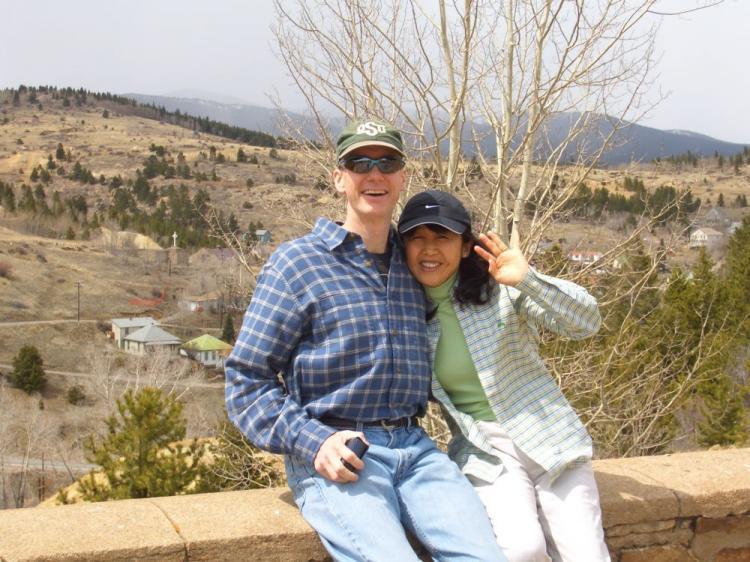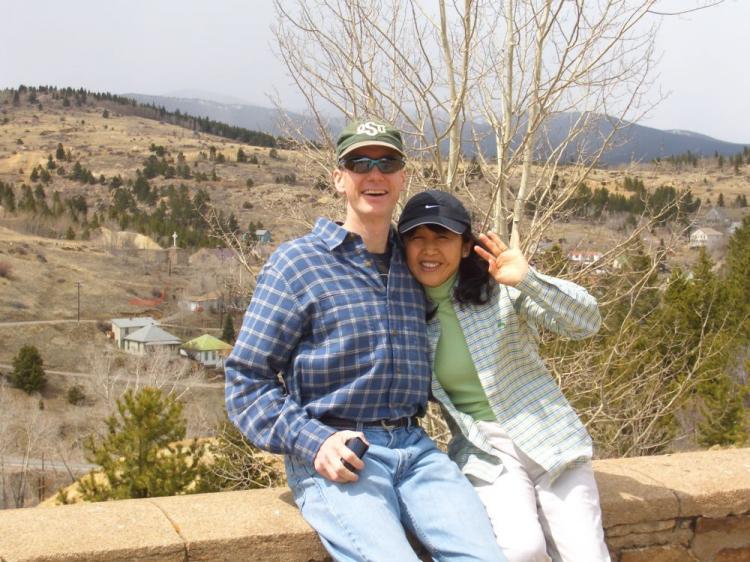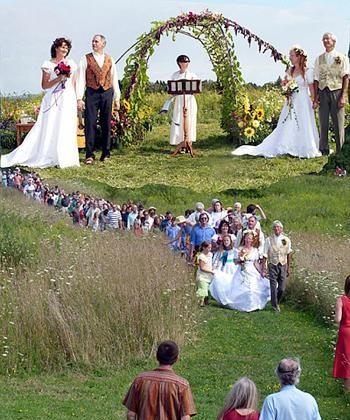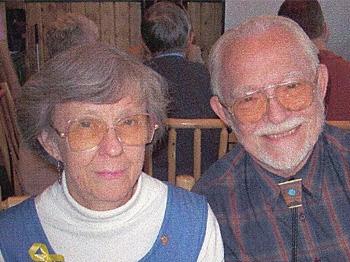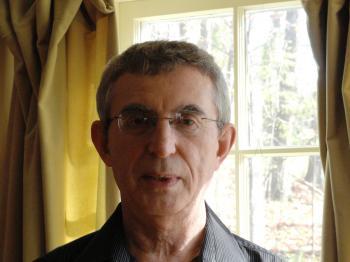When Kurt Pipa runs through the wooded hillside of EcoVillage, his home for 13 months, he feels he is a child again.
Recently, he reached a clearing in the woods, and a deer stood up.
“I was amazed when four deer scattered up the meadow in the same direction as I was running, and then I saw a bunch of some 30 deer running in the opposite direction away from the five us.”
“Running with the four deer up the meadow alongside me, while the rest of the herd got away, I felt as if I were one with the four, free and swift as the wind.”
Kurt lives next door to me with his gifted Japanese wife, Chieko, who teaches piano to the young children at EcoVillage.
Living in the village, he says, has restored his five senses. “I now prefer the smell of clothes dried in the sun with the natural scent of the meadow. I enjoy the sound of children racing past my house, between the two rows of cottages.
“Working together with other people in the village has made it easier to live a sustainable life. I now understand composting. I like getting my hands into the soil, picking produce from the farm for dinner. When you work with others, human resources are compounded with power.”
It is always interesting for this writer to see what turns have brought the man next door to EcoVillage.
Kurt comes from a Roman Catholic family of seven siblings. As a pre-teen, Kurt came upon a book on Zen Buddhism.
“What do you believe?” his mother asked him.
Kurt said he was still looking, and added, “People can do anything they believe.”
His mother said, “Can someone walk through that wall?”
“Yes, if they believe,” Kurt said.
This is the same Kurt who lives next door.
He started out in music school in Boston, broke a finger in sports, quit music, and taught conversational English in Tokyo, before becoming a technical writer and product designer in Japan. He immersed himself in studying Japanese and ended up thinking and dreaming in Japanese like a native.
Listening to Kurt, one realizes that language shapes the mind, not the other way around. For example, he says, “In Japanese, the verb comes at the end of a sentence.” The why and the wherefore come first—the verb last. The Japanese think this way, he says.
An English-speaking person listening “would be nodding off,” when the point of it all would pop up at the end. So two CEO’s negotiating a deal would need someone (like Kurt Pipa) as a bridge-builder to explain the one side to the other.
And now, as an adjunct faculty man at Wells College, Ithaca, teaching three levels of Introductory Japanese, he feels he is teaching students who are the same age as when he started out. They have their own version of being bridge builders.
One student said that she was good at languages, and so she chose the most difficult language; another is drawn by a passion for Manga—Japanese comic books; and yet another by Animé—Japanese animated films.
